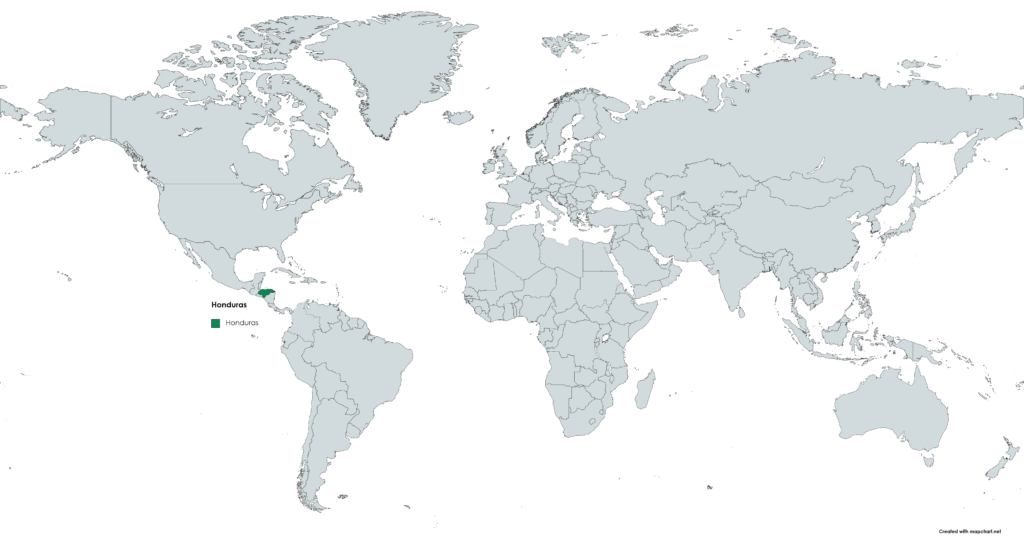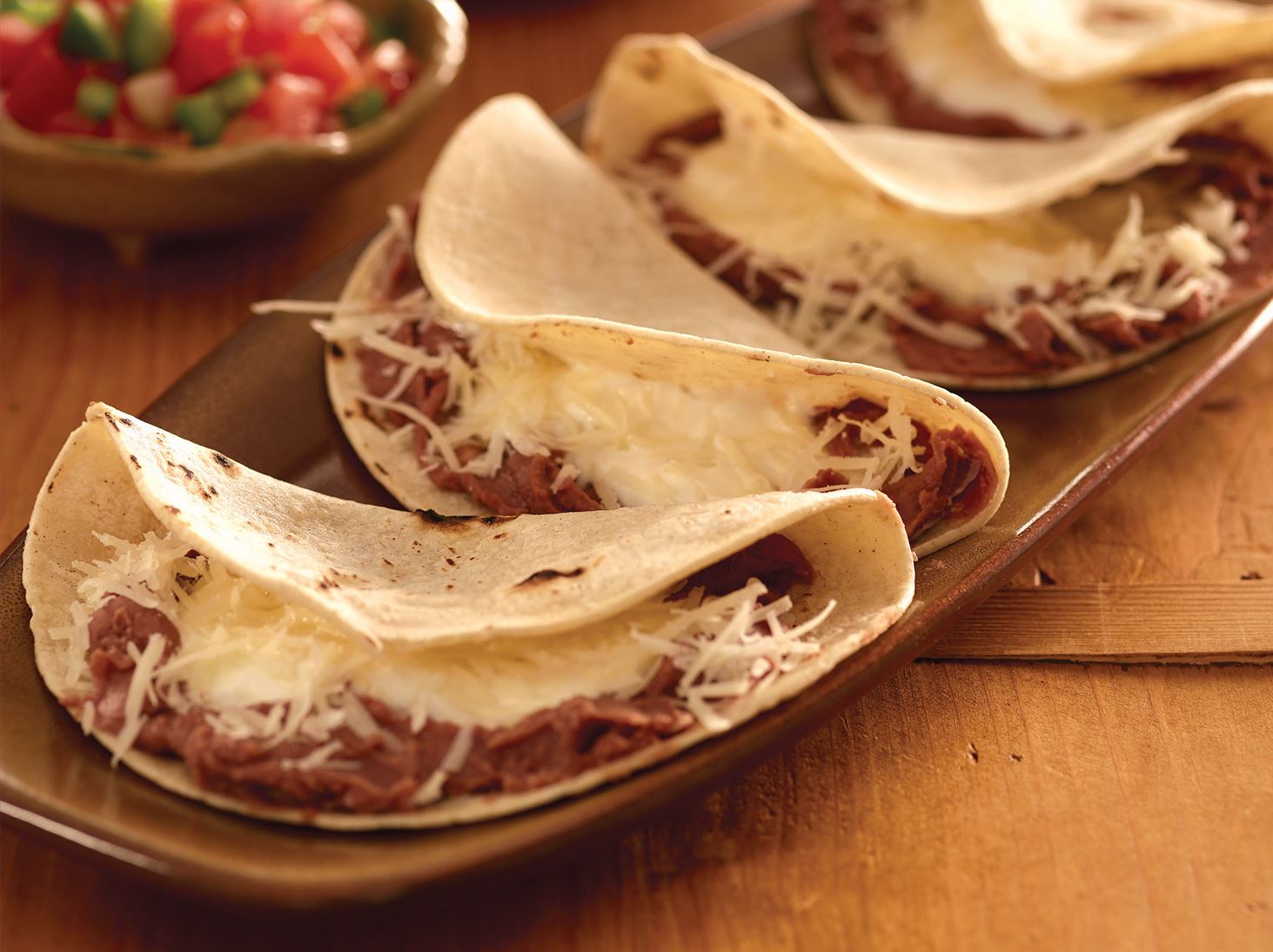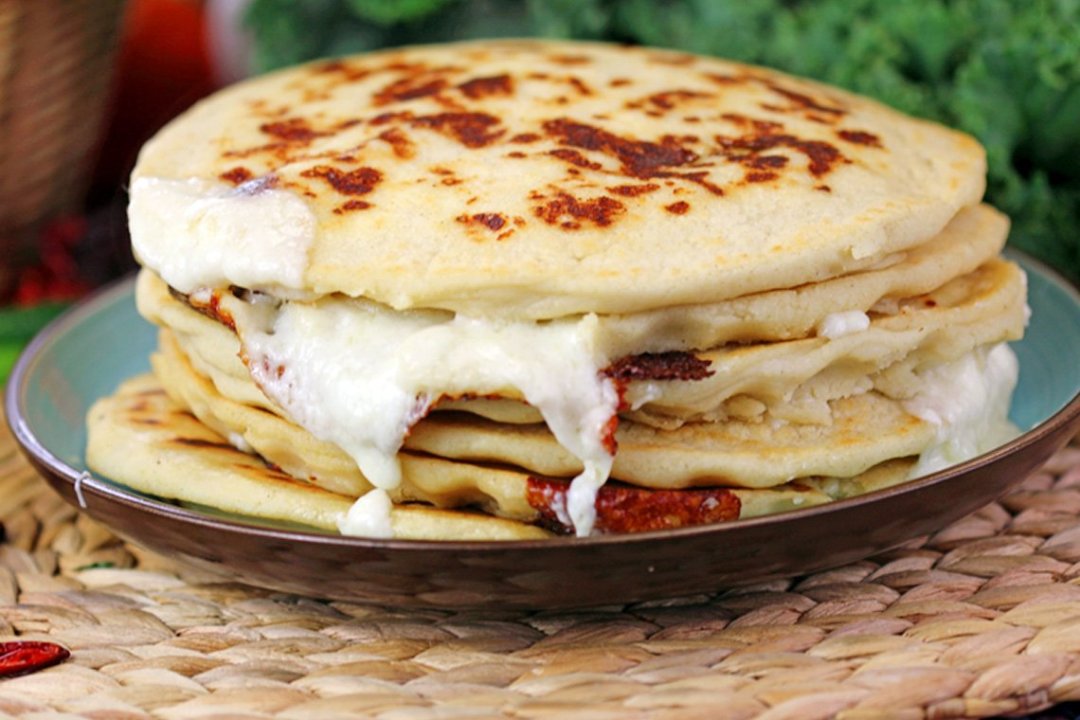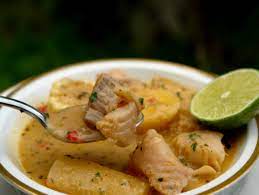Honduras travel tips
Honduras travel tips: Diverse landscapes, Caribbean and Pacific coasts, Mayan ruins, rich culture, and vibrant markets, offering a blend of adventure and history.
Before you go 🛩
Important information you should know before your trip
Info

Capital | Tegucigalpa
Flag Codes
ISO alpha-2 HN, ISO alpha-3 HND
Currency
Badge | Honduran Lempira
CODE | HNL
NUMBER | 340
SYMBOL | L
FRACTION | Penny
Mobile Coverage
Dialing Code | +504
SIM Card
Coverage
3G / 4G / 5G
Mobile Networks | Claro Movil | Tigo Movil |

Location
Honduras is a country located in Central America. It is bordered by Guatemala to the west, El Salvador to the southwest, Nicaragua to the southeast, the Pacific Ocean to the south, and the Caribbean Sea to the north. The country’s geographic coordinates are approximately 15.2 degrees north latitude and 86.2 degrees west longitude. Honduras has a diverse landscape that includes coastal plains along the Caribbean Sea, mountainous regions in the interior, and narrow coastal plains along the Pacific Ocean. The capital and largest city of Honduras is Tegucigalpa.
Currency
The currency of Honduras is the Honduran Lempira (symbol: L). It is named after Lempira, a 16th-century indigenous leader who opposed the Spanish conquest of Honduras. The currency is further divided into 100 centavos, although centavo coins are not commonly used. Banknotes are available in denominations of 1, 2, 5, 10, 20, 50, 100, 200, and 500 Lempiras.
Languages
The official language of Honduras is Spanish. Spanish is spoken by the majority of the population and is the primary language used in government, education, media, and everyday communication. However, it’s worth noting that there are also several indigenous languages spoken by various indigenous communities in Honduras, such as Garifuna, Miskito, Lenca, Pech, and Tawahka. These indigenous languages hold cultural and historical significance within their respective communities.
Climate 🌡
Honduras has a tropical climate characterized by high temperatures and humidity throughout the year. However, there are regional variations in climate due to the country’s diverse topography. Here are some of the general climate patterns in different parts of Honduras:
Coastal Regions:
The coastal areas, especially along the Caribbean Sea, have a hot and humid tropical climate. Temperatures range from 25°C (77°F) to 35°C (95°F) with high humidity. These areas experience a rainy season from May to November, with a drier period from December to April.
Interior Highlands:
The central and western parts of Honduras, including the capital Tegucigalpa, are characterized by a more moderate climate due to their higher elevation. Temperatures are generally milder, ranging from 15°C (59°F) to 30°C (86°F). The highlands experience a dry season from November to April and a rainy season from May to October.
Pacific Coast:
The southern coastal areas along the Pacific Ocean have a hot and dry climate. Temperatures can reach up to 38°C (100°F) during the hottest months. The region experiences a distinct dry season from November to April with minimal rainfall.
Mosquito Coast:
The northeastern part of Honduras, known as the Mosquito Coast, has a tropical rainforest climate. It is characterized by high temperatures, abundant rainfall, and high humidity throughout the year. Rainfall is evenly distributed, with no distinct dry season.
It’s important to note that Honduras is prone to natural disasters such as hurricanes and tropical storms, particularly along the Caribbean coast. These weather events can bring heavy rainfall, strong winds, and flooding to the affected areas.
Honduras travel tips
Here are some travel tips for visiting Honduras:
Mayan Ruins:
Explore Copán’s archaeological site, a UNESCO World Heritage site with impressive Mayan ruins.
Bay Islands:
Dive into Roatán’s coral reefs or enjoy beach relaxation on the Bay Islands.
Safety:
Stay informed about safety concerns, particularly in urban areas; exercise caution and follow local advice.
Language:
Learn basic Spanish phrases; locals appreciate the effort and it enhances your travel experience.
Public Transportation:
Use local buses for budget travel; taxis and shuttles are convenient for specific destinations.
Local Cuisine:
Savor baleadas, traditional street food, and fresh seafood; try local dishes for an authentic taste.
Hiking Adventures:
Explore Pico Bonito National Park for hiking trails and diverse wildlife.
Weather Preparedness:
Pack lightweight, breathable clothing; be aware of the tropical climate variations.
Enjoy the incredible beauty and diversity that Honduras has to offer!

The best of the best
Honduran cuisine is a reflection of the country’s diverse cultural influences, including Indigenous, Spanish, African, and Caribbean flavors.

Baleadas
A popular Honduran street food, baleadas are thick flour tortillas filled with refried beans, cheese, and various toppings such as avocado, scrambled eggs, or cream.

Pupusas
While pupusas are originally from El Salvador, they are also widely consumed in Honduras. These thick corn tortillas are filled with cheese, beans, or meat and often served with curtido, a pickled cabbage slaw.

Sopa de Caracol
Translating to “conch soup,” this traditional Honduran seafood dish features conch meat cooked in a flavorful broth made with coconut milk, tomatoes, onions, and spices.
Here are some typical foods of Honduras:
Yuca con Chicharrón: This dish combines deep-fried yuca (cassava) with crispy pork belly or pork rinds. It is commonly served as a snack or appetizer.
Rondon: A traditional coastal dish, rondon is a hearty seafood soup made with a variety of ingredients such as fish, shrimp, crab, plantains, yuca, and coconut milk.
Atol: Atol is a warm and creamy corn-based drink made with masa, milk, sugar, and various flavors such as cinnamon, vanilla, or chocolate. It is commonly consumed as a breakfast beverage.
Horchata: This refreshing drink is made from ground rice or rice flour, mixed with milk, sugar, and spices like cinnamon. It is a popular beverage to accompany meals or enjoyed on its own.
These are just a few examples of the many delicious dishes found in Honduran cuisine. The country offers a wide variety of flavors and culinary traditions that reflect its cultural diversity.
Transportation 🚥
More information about this country
Choose your destination 📍🗺
Useful Links ✅























